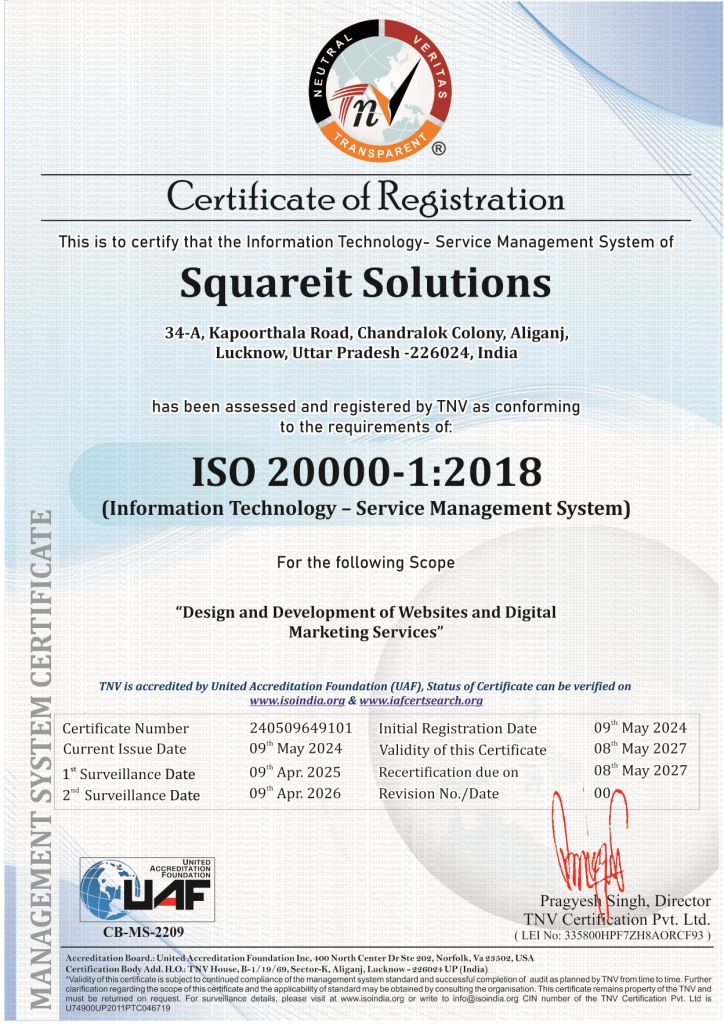In this blog, you can learn how to make ideal page speed to your website or website page. For SEO its compulsory to maintain page speed time. So Here are the 5 tips for maintaining your page speed.
How To Reduce The Loading Time Of Your Website pages
"Patience is an ideals" – a proverb that barely holds when we think about online exercises. The page load time of your site is significant. Why? It chooses whether a guest to your site will investigate further, or will go separate ways on the principal click.
Some statistical facts:
- A 1-second load time delay leads to 11% fewer page views, a 16% decrease in customer satisfaction and a 7% loss in conversions.
- 44% of customers develop a negative image of the company if its website page load time is slow.
- According to Amazon, there is a 1% increase in revenue for every 100 milliseconds improvement.
Also, studies say, 57% visitors expect the load time to be 2 seconds or less, and if it takes longer than 3 seconds, 67% of your prospects will abandon the site and go elsewhere to serve their needs.
The speed also determines the Google search ranking of your website. The following are given sure ways that will help in diminishing the heap time of your site.
Additionally, ponders state, 47% visitors expect the heap time to be 2 seconds or less, and in the event that it takes longer than 3 seconds, 57% of your possibilities will surrender the site and go somewhere else to serve their needs.
The speed likewise decides the Google search positioning of your site. The following are given sure ways that will help in diminishing the load time of your site.
 |
|
page speed |
Factor affecting you website speed:
1. Optimize Images
Images should be scaled appropriately, before uploading. It is compulsory to understand this: if you have a 1000 X 1000 pixels image, which we have scaled down to 100 X 100 pixels with the help of CSS, the program still loads the genuine size, that is, for this situation, multiple times more than would normally be appropriate.
To maintain a strategic distance from this, harvest or scale your pictures before transferring them to your site utilizing different picture altering apparatuses. A portion of these picture enhancement devices are :
- Smush.it
- Online Image Optimizer
- JPEG &PNG Stripper
- SuperGIF
Deciding your image format, JPEG is the best option. PNG is good, though not supported by many older browsers.
2. Do away with Unnecessary Plugins
Using lots of plugins that cause slows down your website to a great extent, resulting in crashes and other technical difficulties. Therefore, it is advised to deactivate or delete the unnecessary plugins.
Sidetracks lead to extra HTTP demands, expanding the heap time. Hence, downplaying these sidetracks is attractive.
For responsive websites, It is compulsory that users be redirected to a mobile version of the site.
According to Google, we may play out the accompanying activities to ensure a responsive direct doesn't slow your site:
- An HTTP redirect may be used to take the mobile user agents to the equivalent URL without intermediate redirects.
- The Balise may be included in your webpages to specify your mobile equivalent URL so that Googlebot can discover your mobile pages.
4. Browser Caching :
The temporary storage of data on the visitor’s hard drive will do away with the waiting time visitors undergo every time they visit your site. However, the time period for which this data is stored depends on your server-side cache configuration.
To enable browser caching, you need to edit your HTTP headers to set up expiry times.
5. Avoid Self-Hosted Videos
Video records are regularly huge, and transferring them to your site can be genuine drowsy. Rather than outsider video facilitating administrations like YouTube, Vimeo or Wisita might be utilized.
You should simply duplicate a little piece of code that they outfit, and you glue it into your post or site page.
In the present time, online clients incline toward a more extravagant online experience. There will be flashier JavaScript, CSS stunts and other outsider investigation that will in general increment the size of our destinations.








